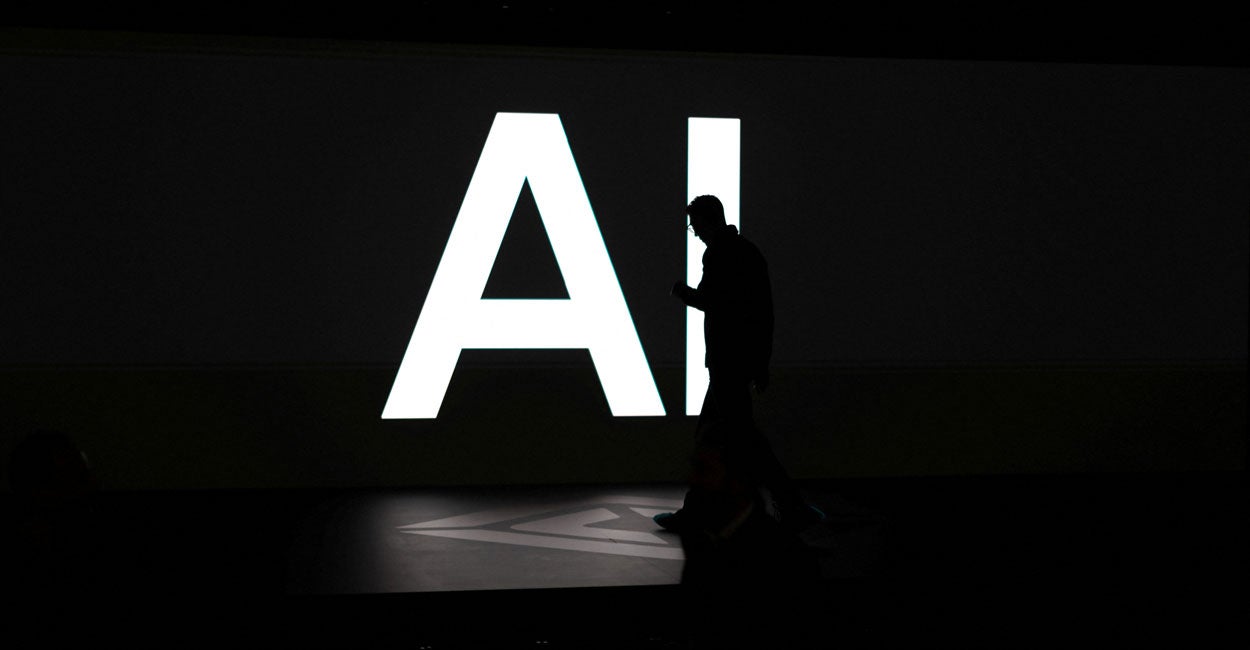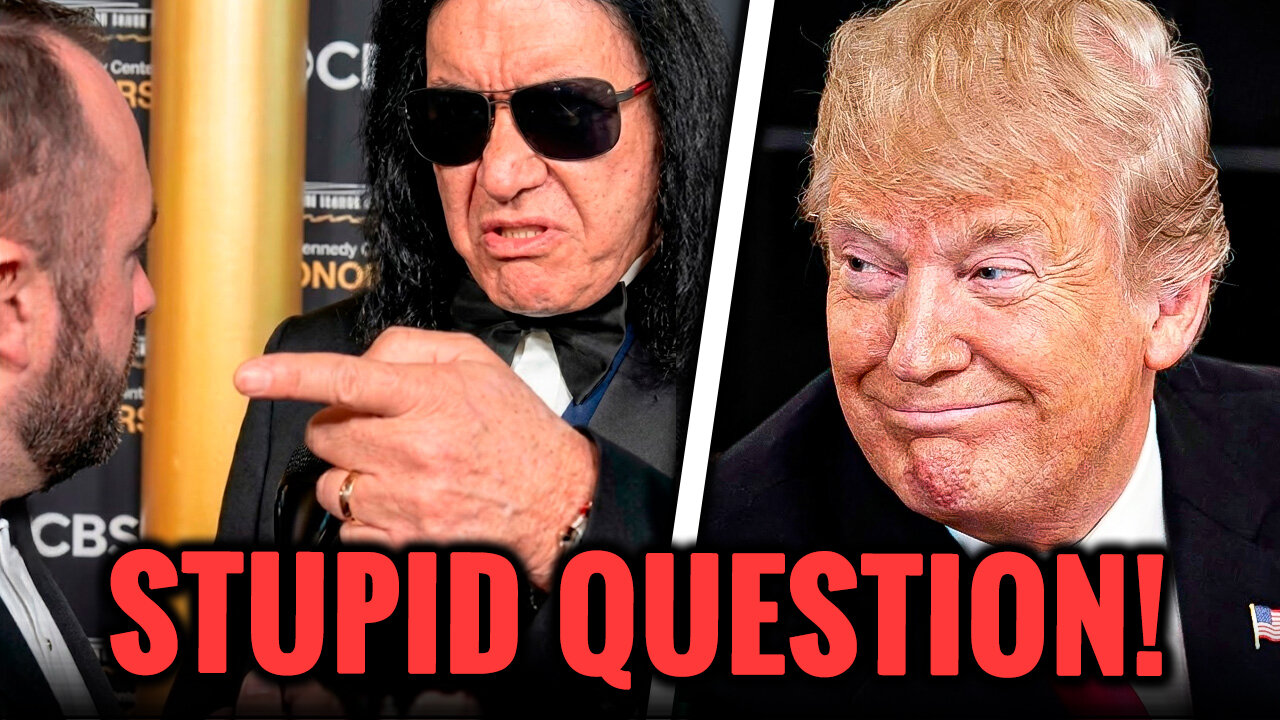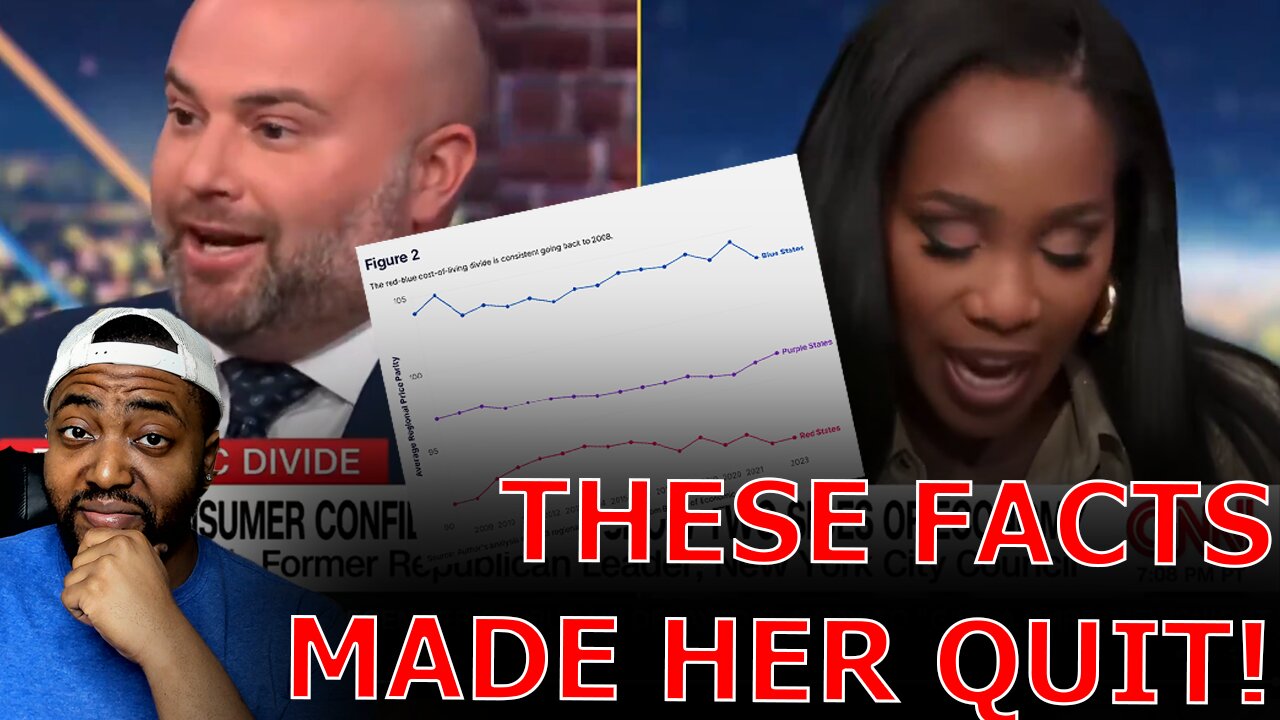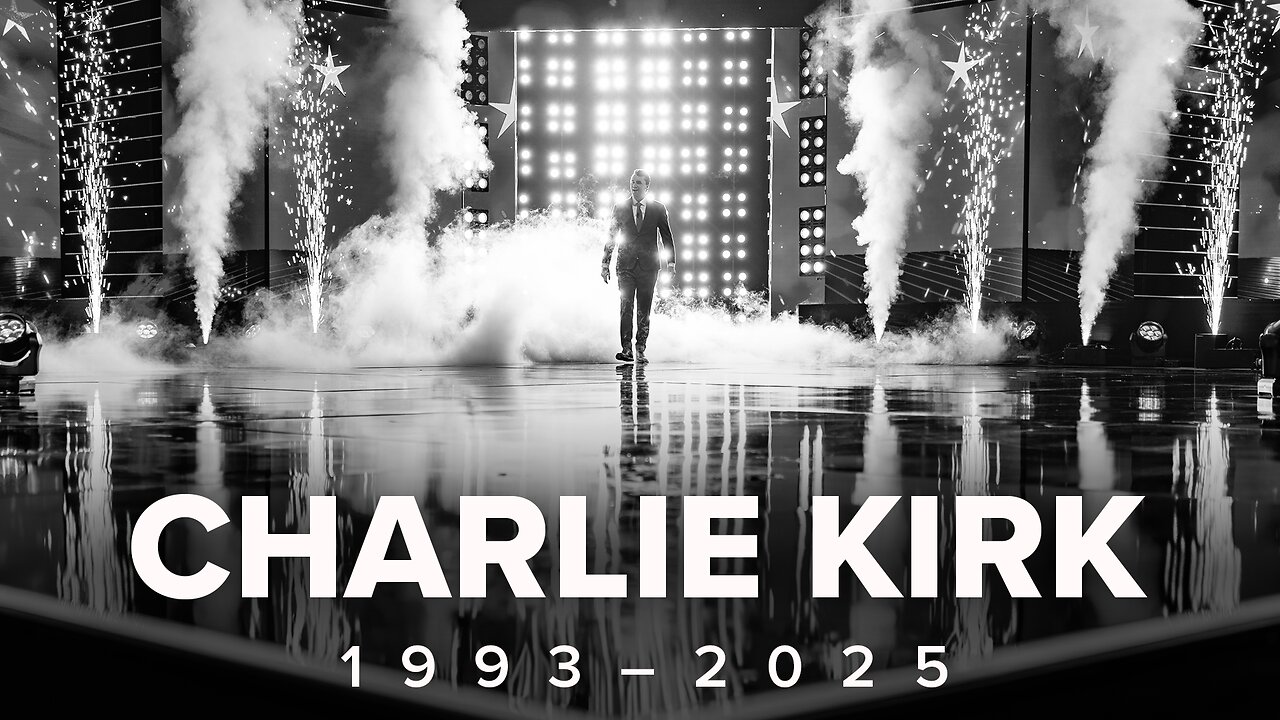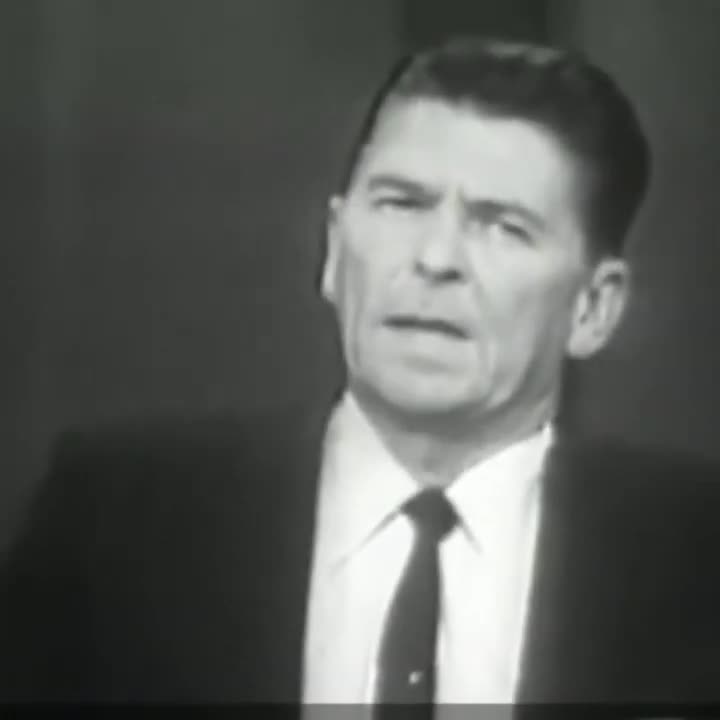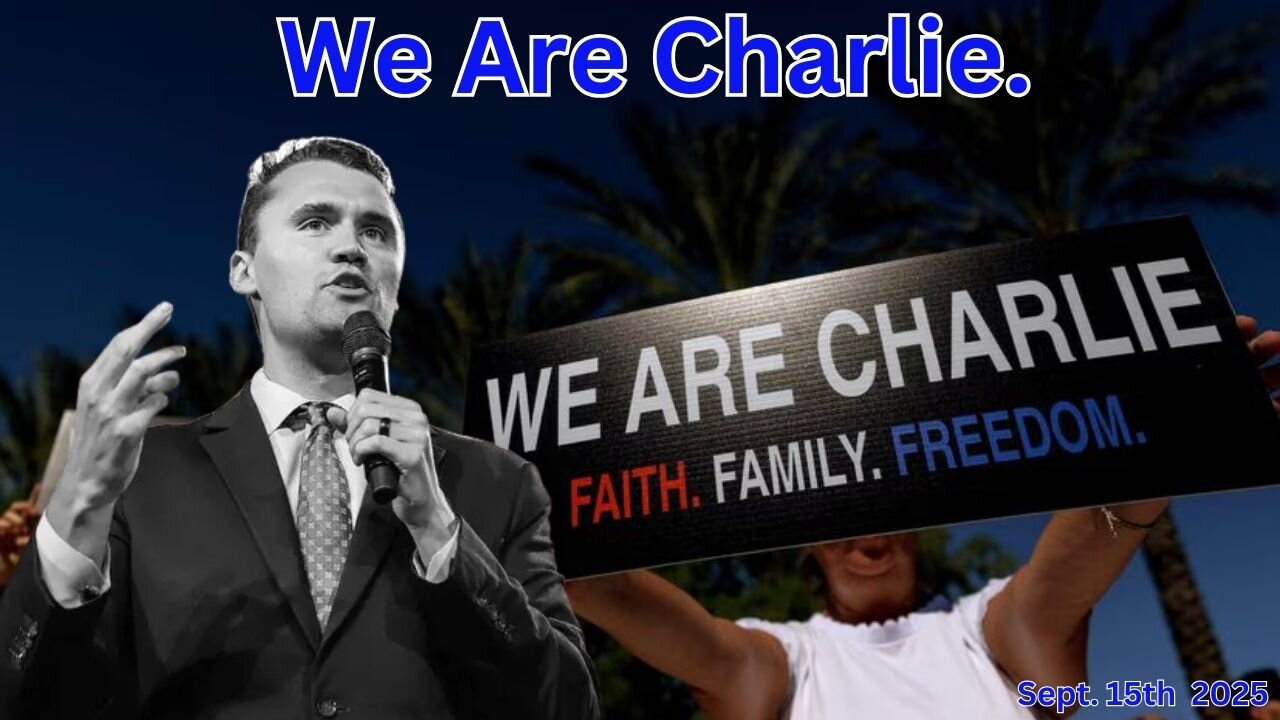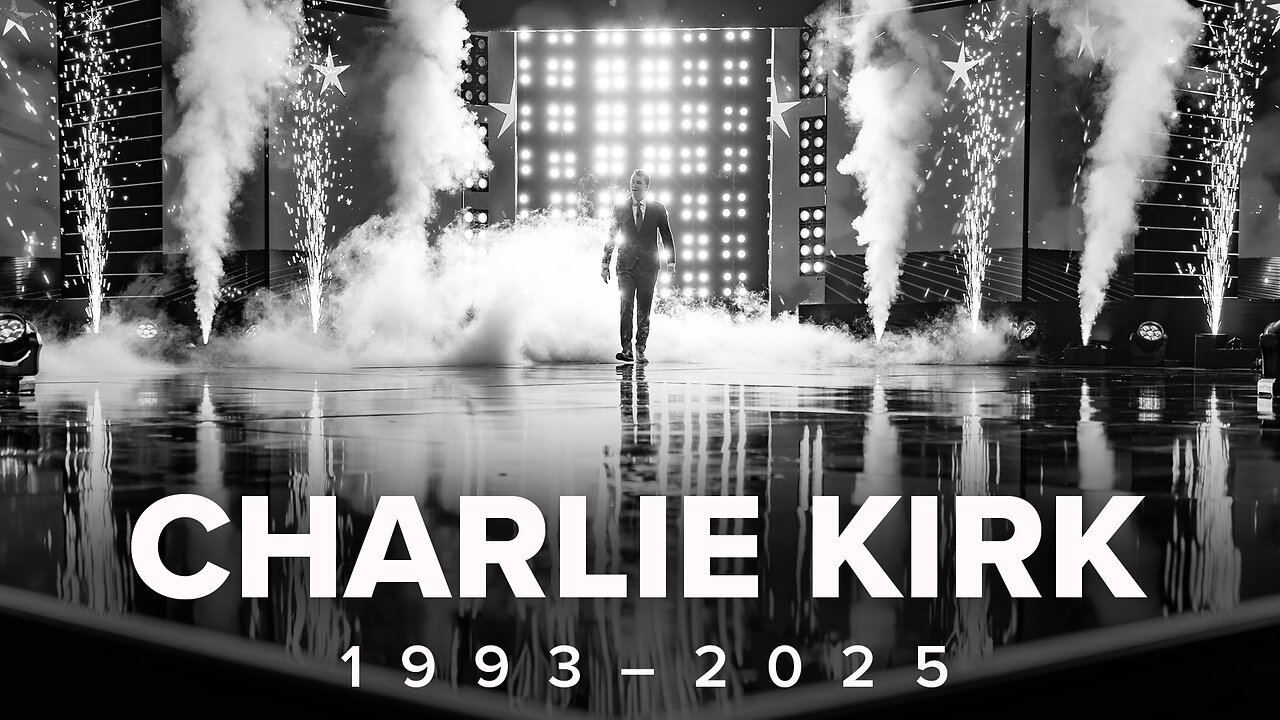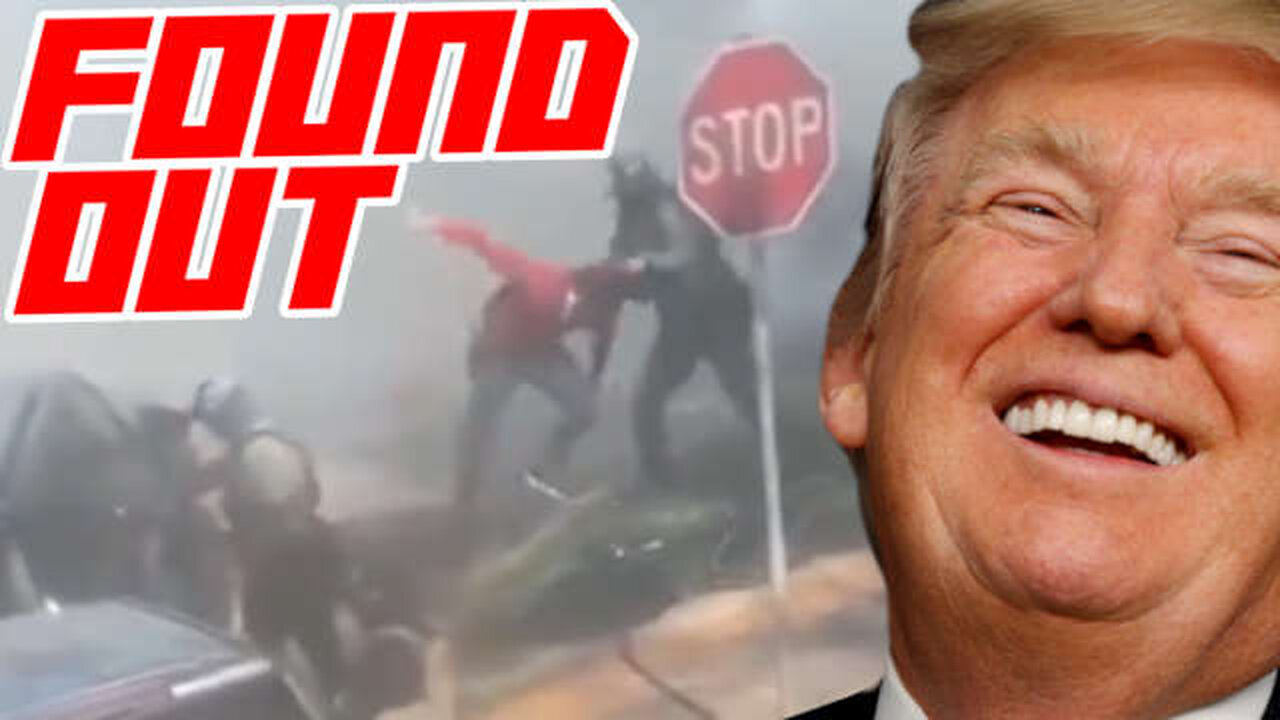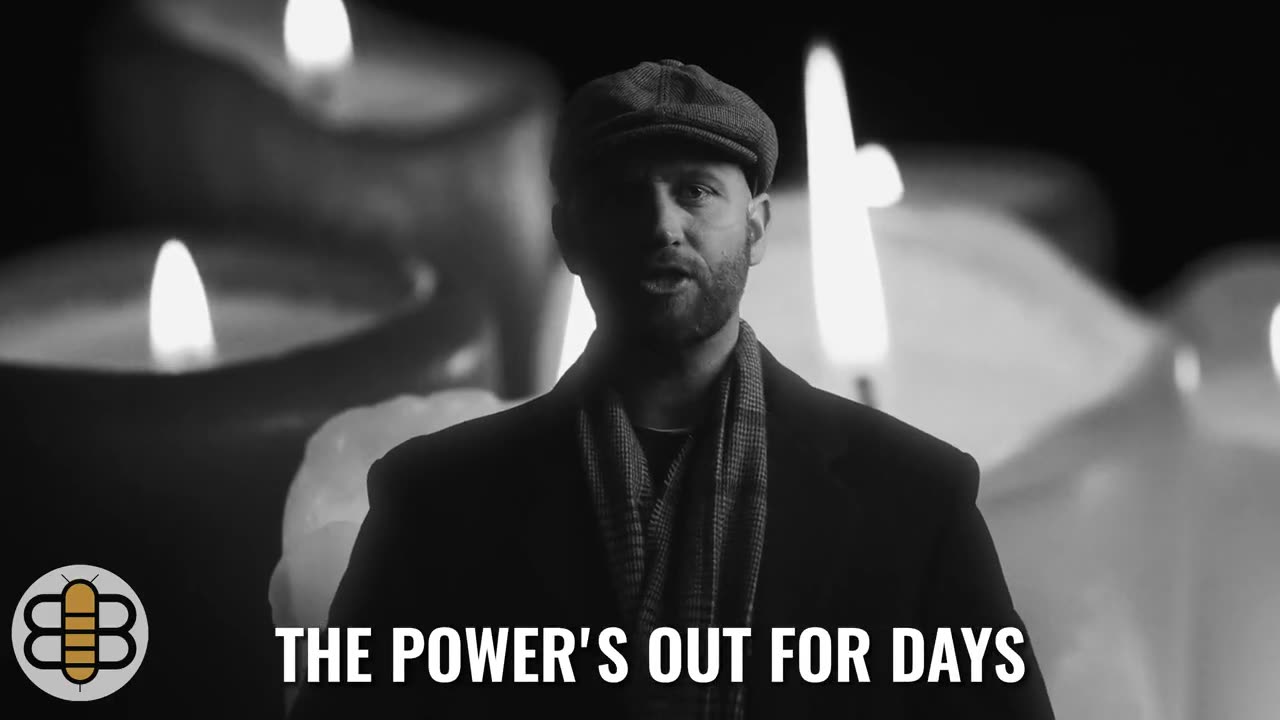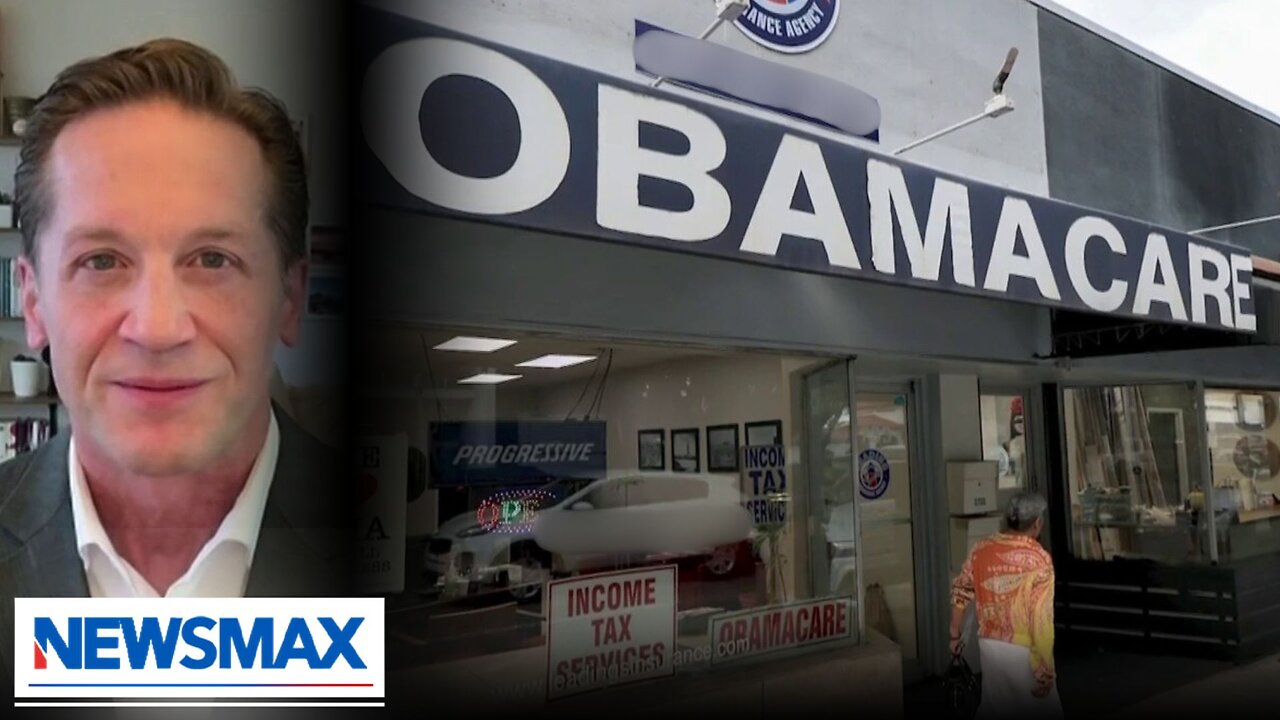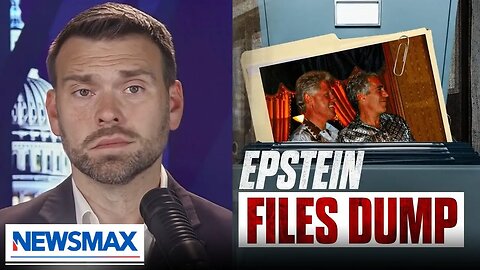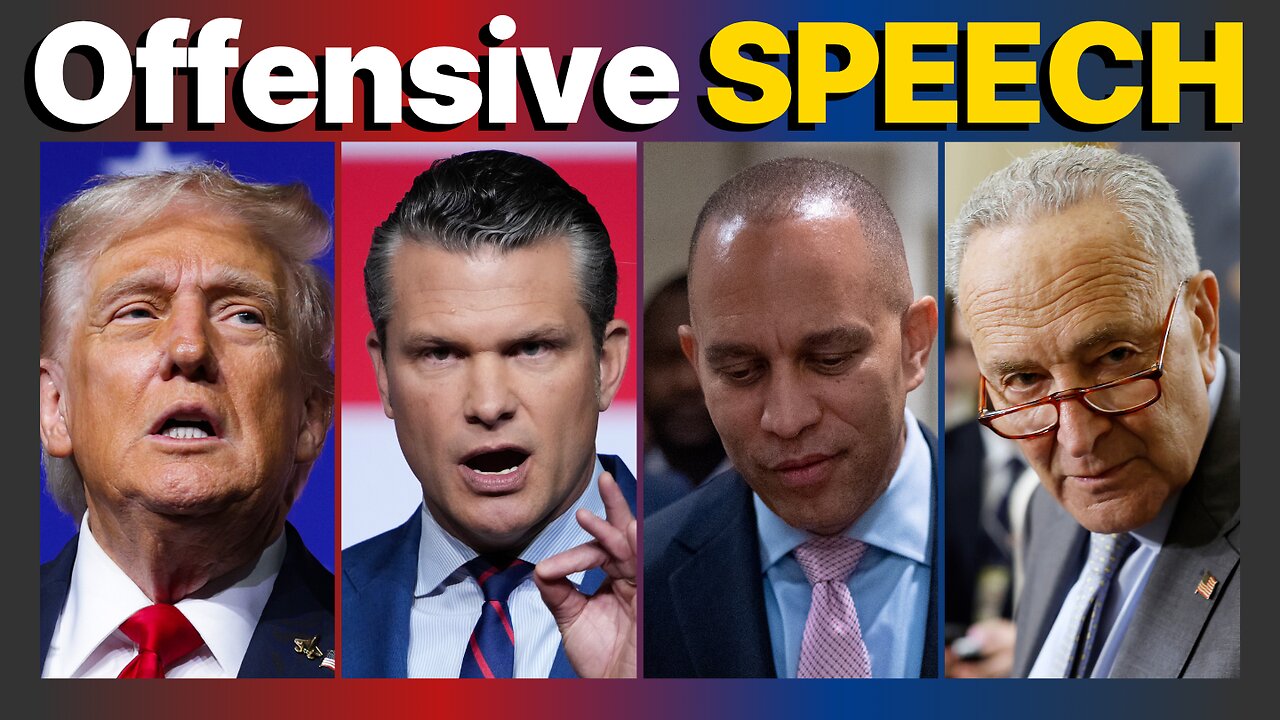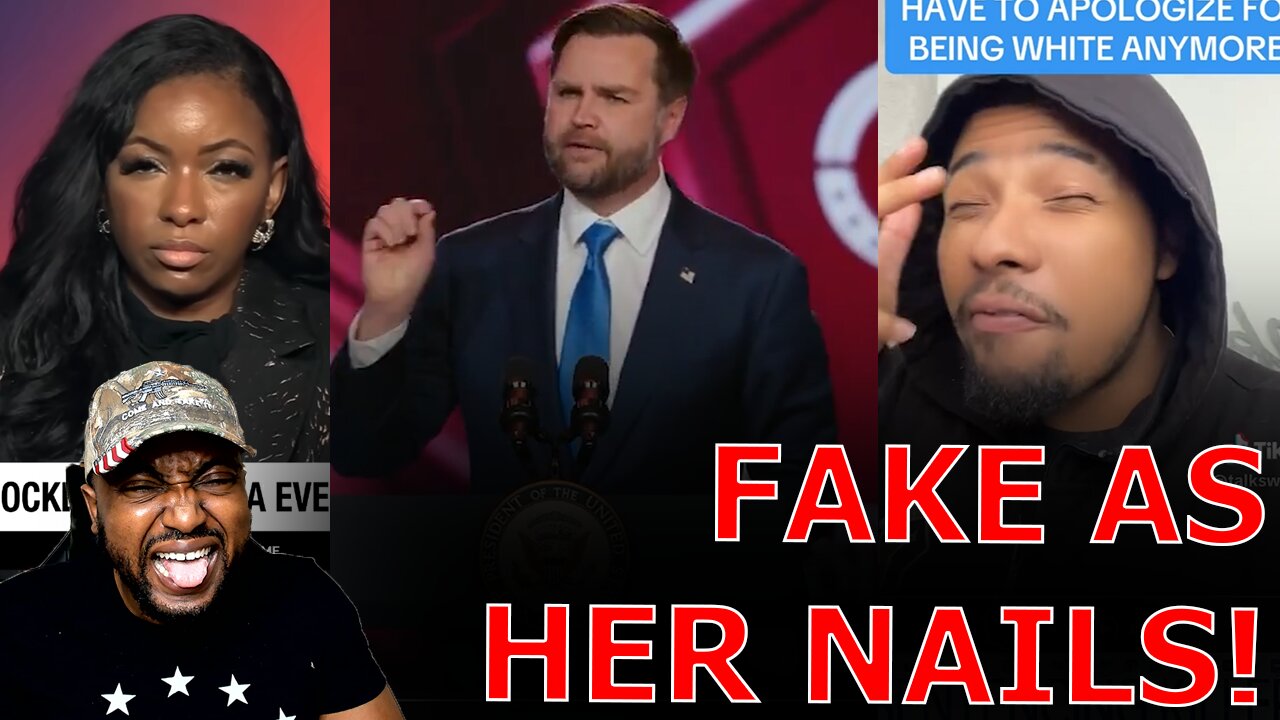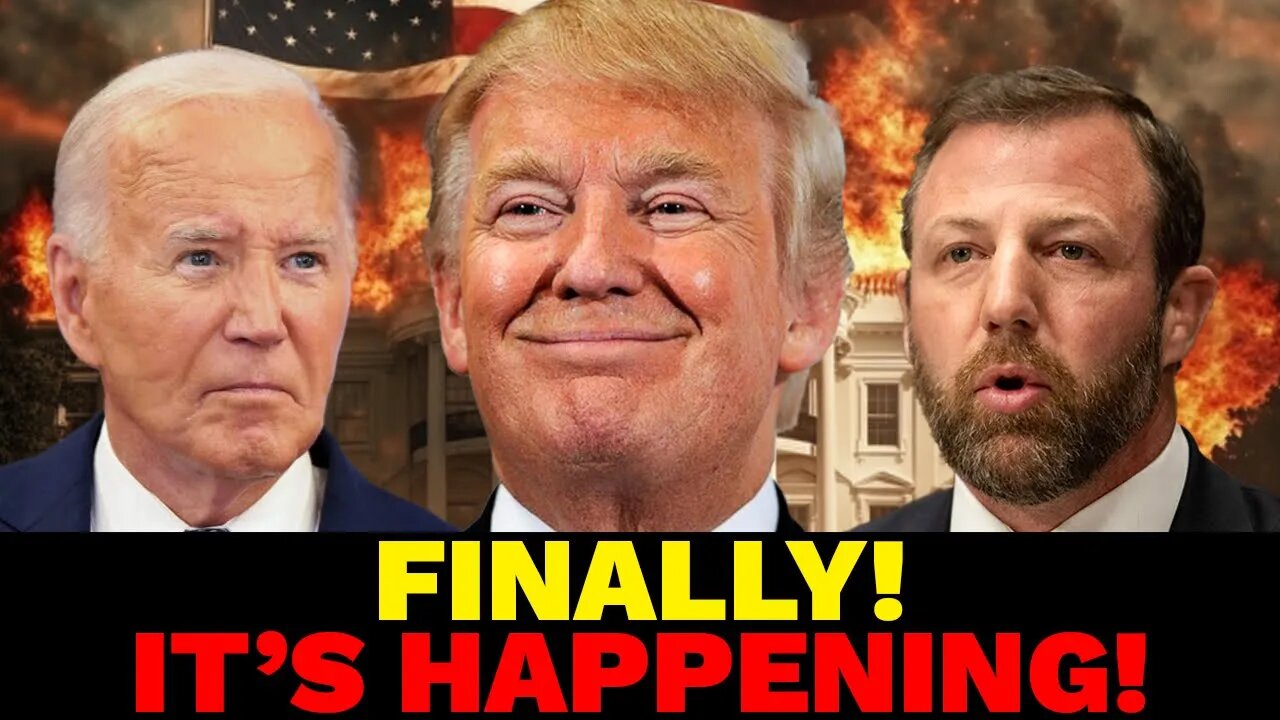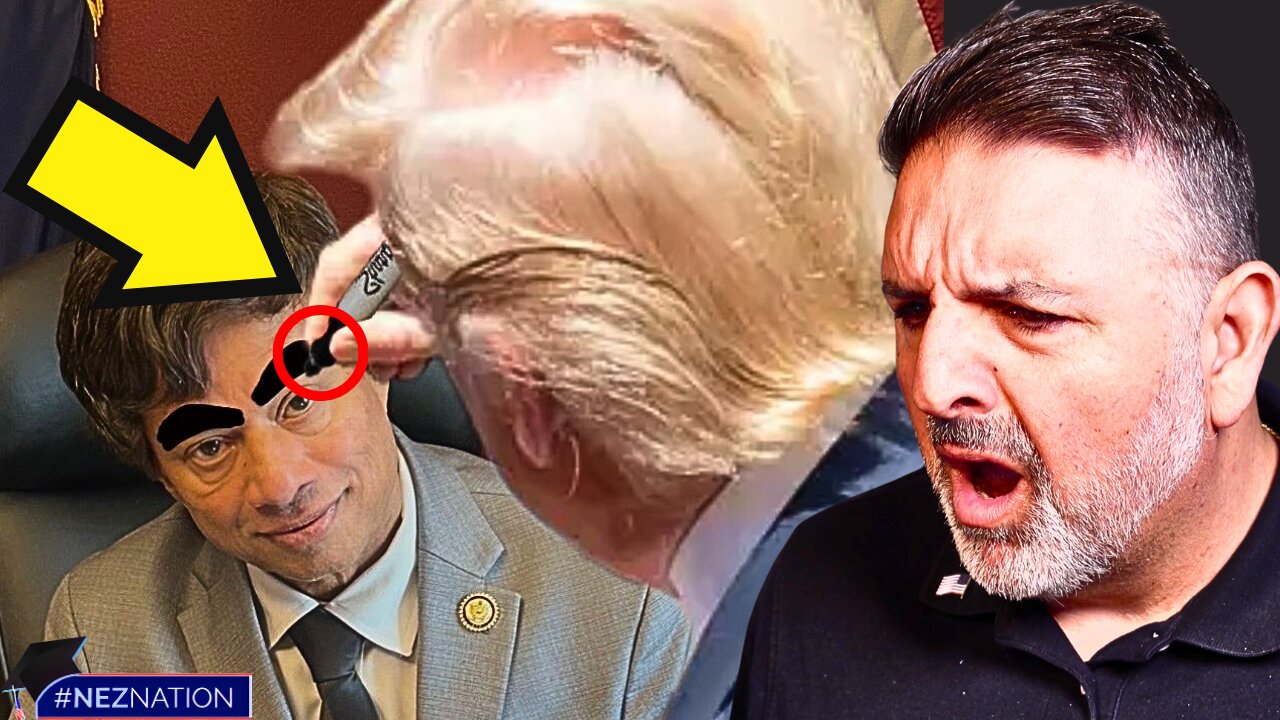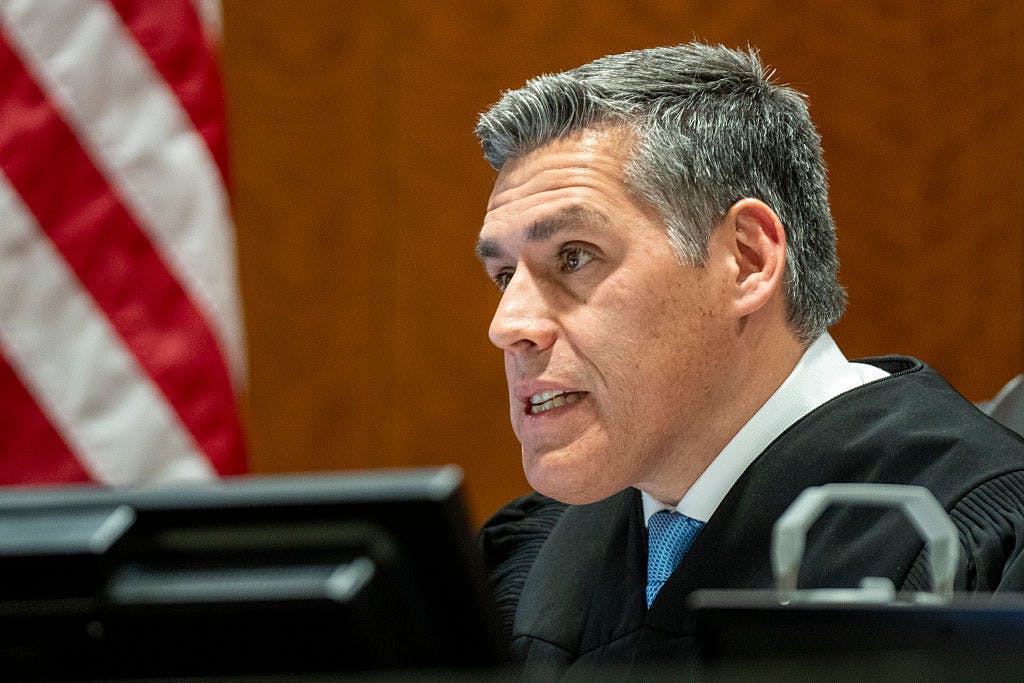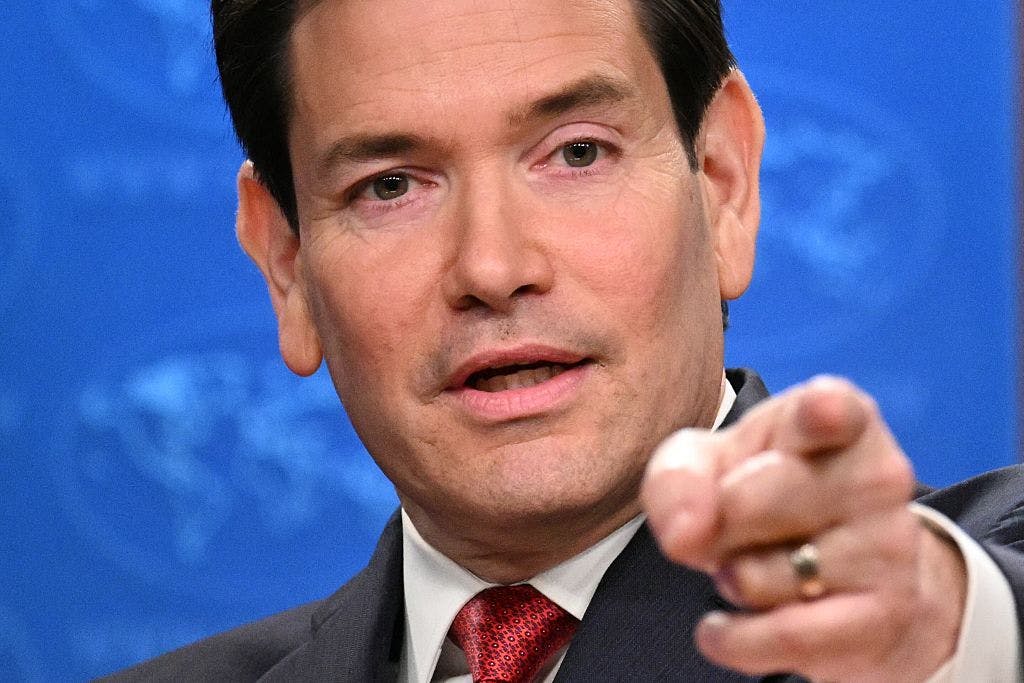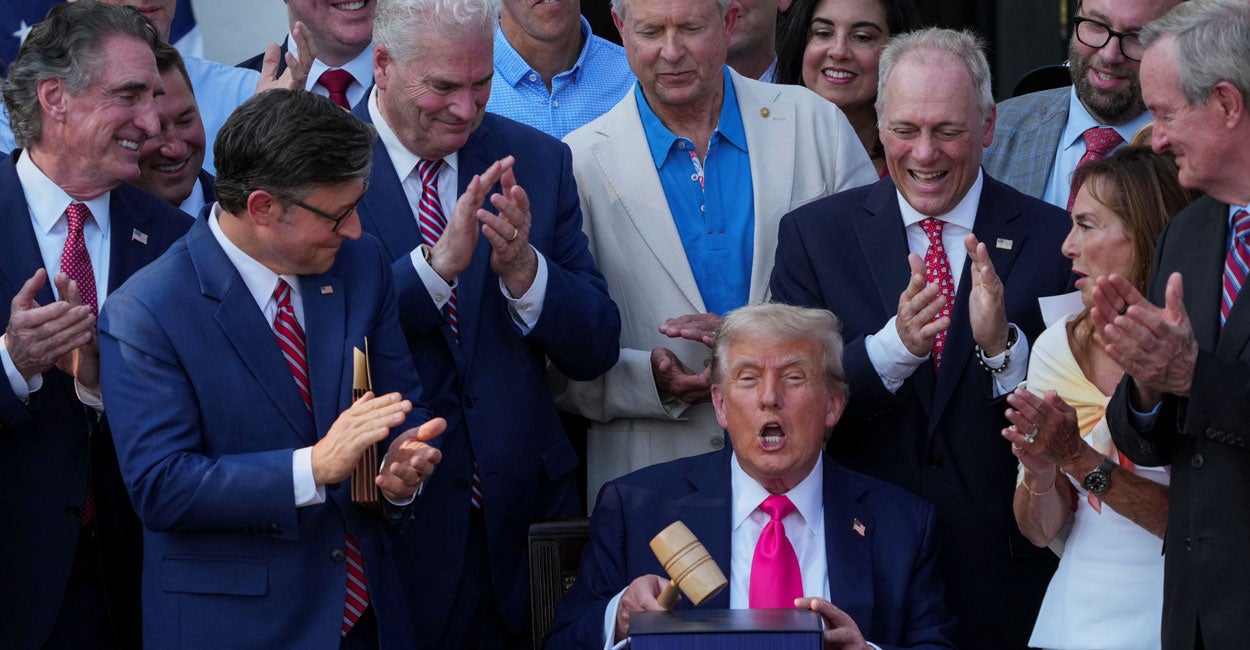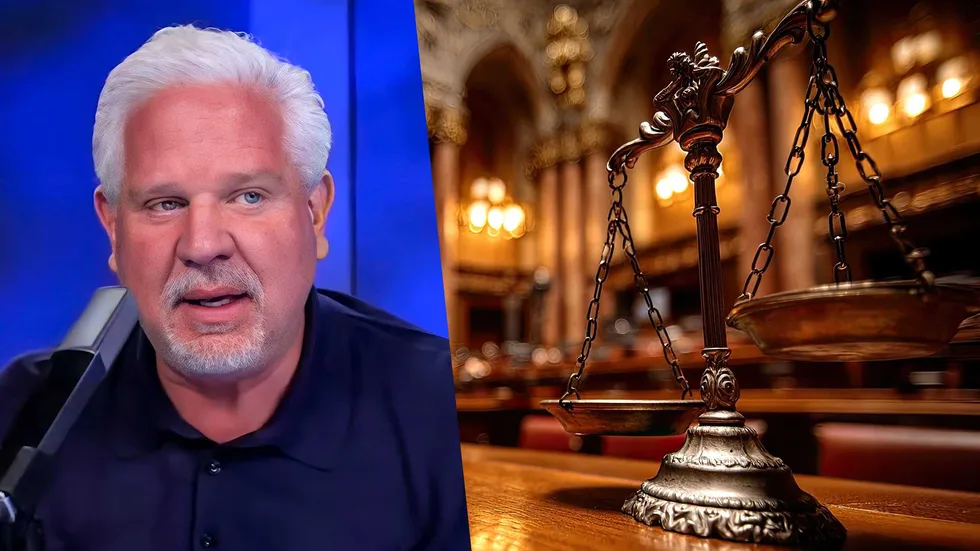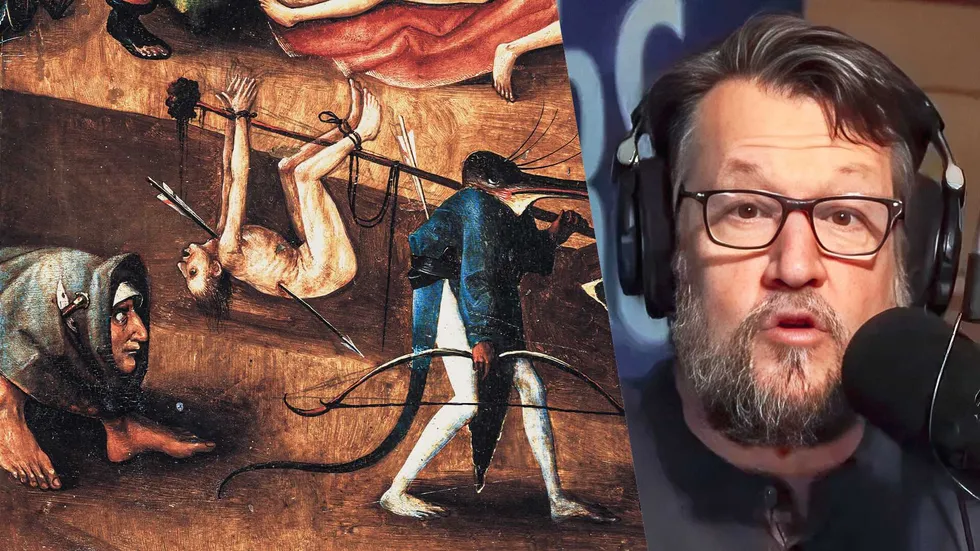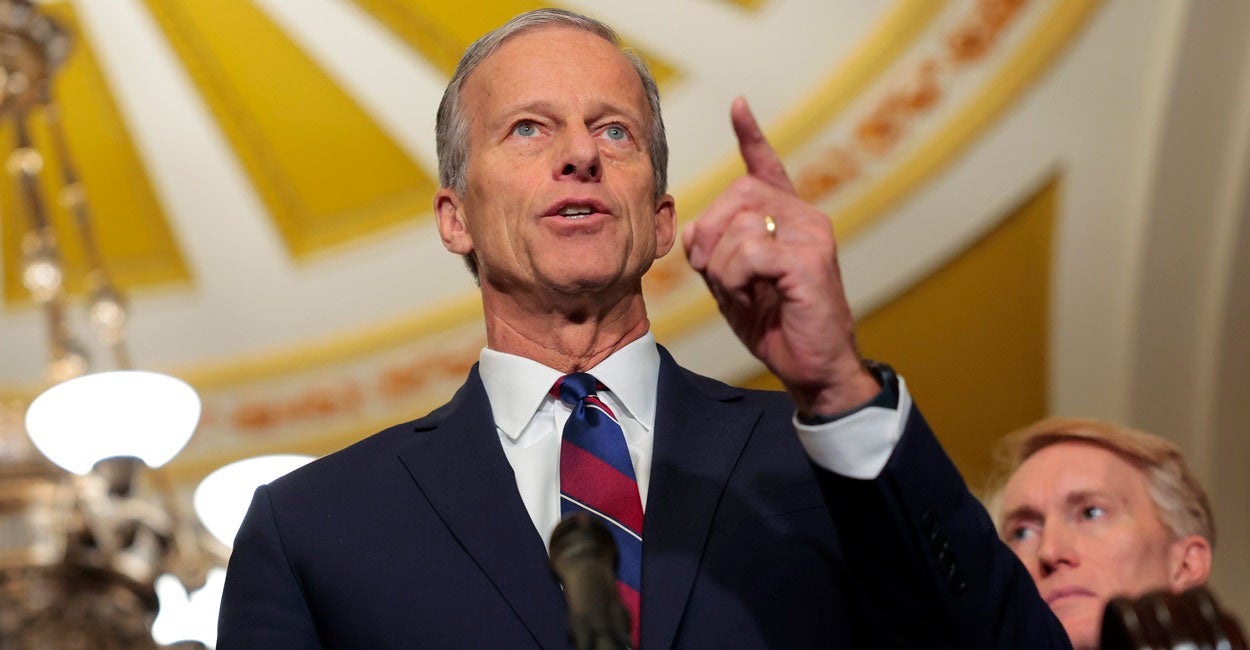Trump Protects The American Flag

President Trump suggested via executive order that burning the American flag could be punishable by law.
Live Your Best Retirement
Fun • Funds • Fitness • Freedom
This is good.
But some people are critical of it because they are misreading the executive order.
What President Trump said publicly was a very simplified version of what the executive order actually stated. He said, “If you burn a flag, you get one year in jail. No early exits, no nothing. You get one year in jail. If you burn a flag, what it does is incite to riot. … You burn a flag, you get one year in jail, you don’t get ten years. You don’t get one month, you get one year in jail. And it goes on your record, and you will see flag-burning stopping immediately.”
People are saying that Trump’s order criminalizes all forms of flag burning. That is not true. The president does not have the authority via executive order to make anything criminal. You can’t make things criminal via executive order at the federal level. That requires a congressional act. The president can’t deem an act illegal and then it magically becomes so. He can enforce the current law by directing his DOJ to prosecute certain crimes that are already on the books.
So what exactly did the president sign? The executive order doesn’t say if you burn an American flag in a protest that you’re going to go to jail, because that would violate Texas v. Johnson.
What it does say is that if you do something that is likely to incite imminent lawless action that is not protected by the First Amendment — if I tell you, “Let’s go attack that courthouse” — you can be prosecuted.
Why? Because the action is likely to incite imminent lawless action.
Thus, this order doesn’t do what some critics think it does. It does not say that if you burn a flag under any circumstances, you are going to jail.
WATCH: The Ben Shapiro Show
Two things can be true at the same time. First: According to the Supreme Court, the Constitution of the United States protects flag-burning as a form of expression, so long as it doesn’t violate other issues such as incitement to violence. Second: The Supreme Court decision in Texas v. Johnson is wrong and a bad decision. That 5-4 decision, which is held in high esteem by libertarians and members of the Left, violated centuries of American precedent. The First Amendment was not designed to protect flag-burning.
So why is the Supreme Court decision in Texas v. Johnson wrong?
By 1932, every single state in America had a flag desecration statute. Even though, according to the Supreme Court, the flag was a federal symbol, states could still criminalize desecration of the American flag. Typically, this was designed not only to prevent marking, mutilating, trampling, defacing, defiling, or defying the flag; in many states, it was meant to ban the use of the American flag in advertisements — a ban that has been jettisoned over the course of time.
In 1943’s West Virginia Board of Education v. Barnett, the Supreme Court started to assert that people could not be compelled to salute the flag because refusing to do so was freedom of speech.
You could say that was a fairly decent argument. Justice Robert H. Jackson wrote, “If there’s any fixed star in our constitutional constellation, it is that no official, high or petty, can prescribe what shall be orthodox in politics, nationalism, religion, or other matters of opinion.”
That’s an arguable opinion. I think saying that you should like the country and like the flag is not a horrible prerequisite to being an American citizen. But you can see the counterargument, which is that freedom of speech exists at the federal level, not at the state level. The First Amendment to the Constitution applies to Congress, and Congress shall make no law abridging freedom of speech. That does not apply to the states. In the early days of our Republic, states routinely made laws abridging freedom of speech.
But then we saw attempts by the Supreme Court to carve back much of the law surrounding the flag. In 1968, Congress passed a federal flag desecration law, which was meant to mirror many of the state laws. The federal law made it illegal to knowingly cast contempt upon any flag of the United States by publicly mutilating, defacing, defiling, burning, or trampling upon it.
Then there were a bunch of Supreme Court cases under the very liberal Warren Court that carved a lot of that back the other way, including in 1969 saying that you could curse the flag, in 1974 saying that you could sew the flag to your pants, or you could sit on it in a way to shame it.
That culminated in the Texas v. Johnson decision, which was written by Justice William Brennan, which found that flag burning was symbolic speech and that the Texas statute was content-based. Justice Scalia, the deciding vote in that case, said, “If it were up to me, I would put in jail every sandal-wearing, scruffy, bearded weirdo who burns the American flag. But I am not king.”
But as Justice William Rehnquist wrote in dissent, “In holding this Texas statute unconstitutional, the court ignores Justice Holmes’s familiar aphorism that a page of history is worth a volume of logic. For more than 200 years, the American flag has occupied a unique position as the symbol of our nation; the uniqueness that justifies a governmental prohibition against flag burning in the way respondent Johnson did here.”
He pointed out that every single state except for Alaska and Wyoming had statutes at the time prohibiting the burning of the flag. He added that the “American flag, throughout more than 200 years of our history, has come to be the visible symbol embodying our nation. It does not represent the views of any particular political party. It does not represent any particular political philosophy. The flag is not simply another idea or point of view, competing for recognition in the marketplace of ideas. I cannot agree that the First Amendment invalidates the act of Congress, and the laws in 48 of the 50 states which make criminal the public burning of the flag. The government may conscript men into the armed forces where they must fight and perhaps die for the flag but the government may not prohibit the public burning of the banner under which they fight?”
Rehnquist was right about that.
On the merits, President Trump is not wrong. Flag burning is bad. And the executive order does not prohibit flag burning per se, as Trump has no power to do that.
Another reason the order is good is that it is smart politics. You’re now going to see a bunch of lefties going out in the streets burning the American flag, which is precisely what Trump is tempting them to do. He’s baiting them.
President Trump is saying, “You believe that America is all about burning the American flag? That American citizenship is about ‘Dissent is patriotic?'”
Americans don’t like burning the American flag.
The American flag is special. I’ve backed a constitutional amendment that would criminalize flag burning for my entire political career. That’s because, as our institutions fall apart, we have less and less fealty to anything in common.
End of Summer Sale – Get 40% off New DailyWire+ Annual Memberships
Fealty to the American flag remains, along with fealty to the Constitution of the United States, the basis for being a good American.
You should love the American flag. It’s the flag of your country. You should love the Constitution of the United States, the organizing founding document of our country.
If you are going to form an Americanism around ideas, loyalty, and love for the country, the American flag is a very good place to start.
Originally Published at Daily Wire, Daily Signal, or The Blaze
What's Your Reaction?
 Like
0
Like
0
 Dislike
0
Dislike
0
 Love
0
Love
0
 Funny
0
Funny
0
 Angry
0
Angry
0
 Sad
0
Sad
0
 Wow
0
Wow
0

